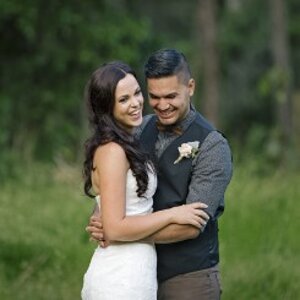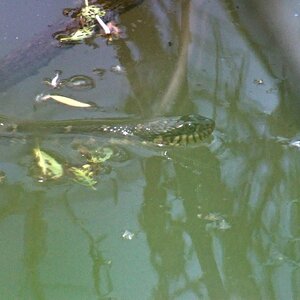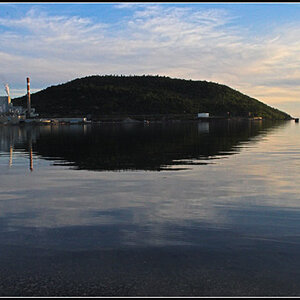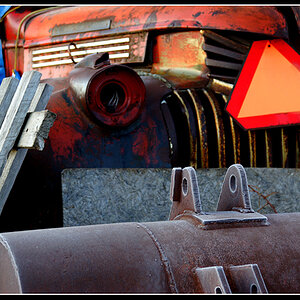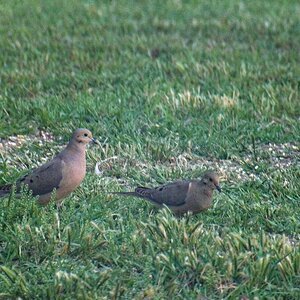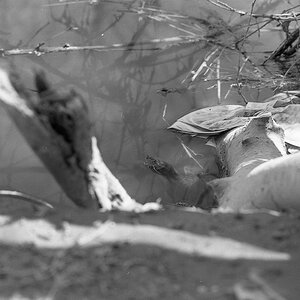Zaphod2319
TPF Noob!
- Joined
- Oct 19, 2018
- Messages
- 72
- Reaction score
- 22
- Can others edit my Photos
- Photos NOT OK to edit
I plan on going to St Augustine next weekend to burn a roll of B&W Ilford PanfF 50. The correction I have read is shutter speed (^1.45).
So if I am factoring this correctly, a shutter speed of 30 seconds becomes 138 seconds. A shutter speed of 15 seconds becomes 50 seconds.
Does this sound correct? I have also read to add 10% shutter speed?
Internet pics of what I want to shoot.
Edited to remove copyrighted images. Please provide links to photos to which you do not hold rights.
So if I am factoring this correctly, a shutter speed of 30 seconds becomes 138 seconds. A shutter speed of 15 seconds becomes 50 seconds.
Does this sound correct? I have also read to add 10% shutter speed?
Internet pics of what I want to shoot.
Edited to remove copyrighted images. Please provide links to photos to which you do not hold rights.
Last edited by a moderator:



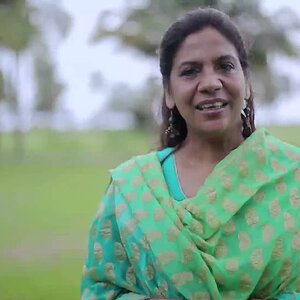
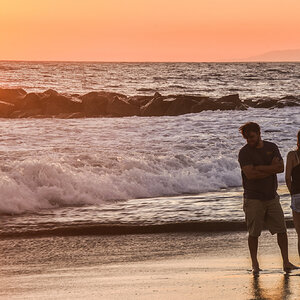
![[No title]](/data/xfmg/thumbnail/37/37136-40f690dc7da693c09d7c99c3782954b8.jpg?1619737884)
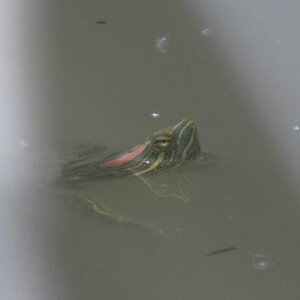
![[No title]](/data/xfmg/thumbnail/37/37606-3c9ffb5906173fa2aa489341967e1468.jpg?1619738148)
![[No title]](/data/xfmg/thumbnail/42/42280-60cc6d4893a2f440eac7dd2248e733a9.jpg?1619740088)
